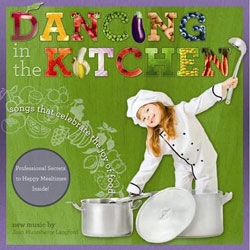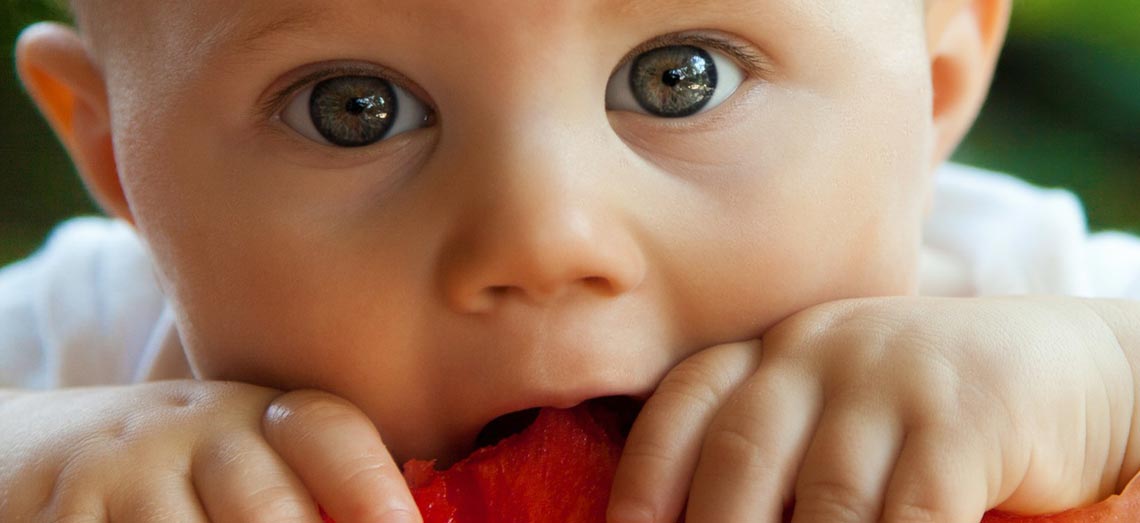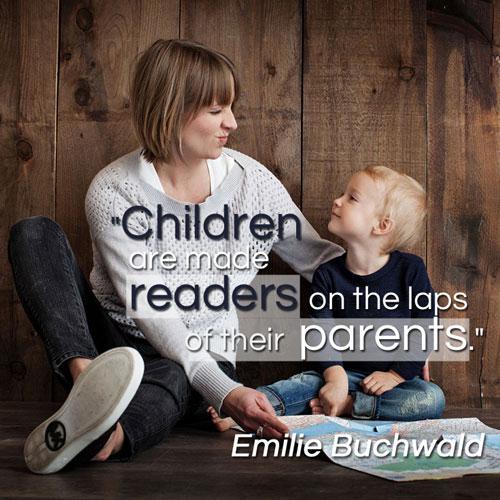Chapter Three from the book “Happy Mealtimes with Happy Kids: How to Teach You Child About the Joy of Food” by Melanie Potock
Isaac’s grandmother diligently swiped his chin with the tip of the spoon after every bite, ensuring that no puree remained on his face. She kept a wet washcloth nearby for swiftly wiping down soiled fingers and the high chair tray should any food drip off the spoon. “He likes to be neat and clean,” she stated proudly. Isaac was 18-months-old and had yet to touch a spoon or any food on his tray. Thankfully, this grandmother was open to my suggestions and, months later, Isaac, Grandma and I were elbow-deep in chocolate as we played pudding car wash on his back patio! That grandmother later told me: “If you haven’t played pudding car wash, you’re missing out on life!”
I always turn my radar up a bit when I see a one-year-old sitting in his high chair, being fed by his parent and spotless — not a mess under the high chair, not a stain on his bib, not a speck on his tray. Well-meaning parents try to spare their child (and themselves) the mess by continuing to spoon feed their little one. Not only is the mess part of the learning curve for self-feeding, it’s essential for children to encounter the sensory experience of each and every food. Many children need to first explore new foods with their eyes, ears, nose and hands before putting it in their mouths. Please refer to Chapter 4 for more information on sensory experiences with food.
Once your child is sitting on her own or with a bit of support and you have her properly positioned in her high chair (see Chapter 1), she is ready to begin more independent feeding. This stage of the game is all about you providing a variety of safe foods for her to try, engaging with her as she eats and letting her get messy as she explores all of the new foods.
 Self-spoon feeding is an art. You can support your child by encouraging her to hold the handle of the spoon fairly close to the bowl. This varies depending on the shape of the handle, but, in general, the closer her little fist is to the bowl, the easier she will be able to guide the bowl into her mouth with less mess. Keep in mind that the closer her fist is to the bowl, the messier her hand will get when she scoops up that first spoonful of applesauce!
Self-spoon feeding is an art. You can support your child by encouraging her to hold the handle of the spoon fairly close to the bowl. This varies depending on the shape of the handle, but, in general, the closer her little fist is to the bowl, the easier she will be able to guide the bowl into her mouth with less mess. Keep in mind that the closer her fist is to the bowl, the messier her hand will get when she scoops up that first spoonful of applesauce!
Try coloring a wide circle around the handle with a permanent marker so that she has a consistent spot to aim for when she grasps the handle. Pick a spot for her grasp about one inch from the bowl, or, if the handle is curved, have her grasp it at the top of the curve. A short, fat handle with a curve or “hill” built into the handle is often ideal. The deeper bowl will hold the puree or chopped food as it travels the long trek up to your child’s mouth, but the child may not be able to clean the spoon with his top lip as easily.
Some spoons come with holes in the bowl to allow liquid to drain and solids to stick to the bowl. Other spoons have textured bowls for those children who need the added tactile input to their mouths in order to tell where the spoon is about to dump the food. Some spoons come with bendable “necks” where the handle and the bowl meet, so that parents can adjust the angle of the neck to facilitate better hand to mouth coordination.
Provide extra traction beneath the slippery bowl with a sheet of shelf liner (see Chapter 1) or use a suction cup bowl. Suction cup bowls that are deep with high sides are ideal, especially if filled with non-slippery foods such as cottage cheese, oatmeal or chopped, room temperature macaroni and cheese.
I am not sure which is messier — independent spoon feeding or independent finger feeding! A washable mat under the high chair tray is a must. Finger feeding is the perfect opportunity for your little foodie to begin to develop his pincer grasp, where he engages his thumb and forefinger to pick up pea-sized foods, such as halved blueberries and cheerios.
At about six months, your child will begin to rake up objects by using his whole hand and curling all four fingers around the desired item. Letting go of the food can be tricky. You may see your child use his mouth to grab the food while he fists it in between his little fingers.
 Slowly, between seven and nine months, the pincer grasp will begin to emerge. This is also the time that children have enough trunk stability to sit in a high chair and focus on this new skill. Typically, by the end of the first year, the pincer grasp is perfected! At that time, you will see your child begin to pick up small pieces of food and place them in her mouth with more precision and thankfully, less mess.
Slowly, between seven and nine months, the pincer grasp will begin to emerge. This is also the time that children have enough trunk stability to sit in a high chair and focus on this new skill. Typically, by the end of the first year, the pincer grasp is perfected! At that time, you will see your child begin to pick up small pieces of food and place them in her mouth with more precision and thankfully, less mess.
Support the natural progression of finger feeding by offering soft or meltable foods first, such as a buttery cracker. It’s relatively easy to grasp and mouth until a soft, mushy piece falls into his mouth. Over time, he will develop his ability to grade his jaw movement and truly bite into the cracker in a controlled, even manner. As his skills improve, offer pea-sized pieces of soft and/or meltable foods that expose your child to a variety of tastes, safe temperatures and textures. Small chilly blueberries cut in half, warm, buttery pieces of pasta or tofu or cheerios spritzed with apple juice are all good starters. See Chapter 15 for additional ideas.
To encourage pincer grasp development, try the following games with your favorite round cereal or pea-sized pieces of soft food:
1. Using a plastic “shot glass” or similar sized narrow container (about two inches tall and just wide enough for your child’s thumb and forefinger), put a few pieces of cereal in the bottom and encourage him to get them out by reaching in and picking up the pieces using a pincer grasp.
2. Take a round plastic coffee stirrer and thread three pieces of circular cereal on it. Hold it perpendicular to the high chair tray and let your child pull off the cereal one by one using his thumb and forefinger.
3. When giving your child a piece of the cereal, hold it in your pincer grasp (with half sticking out and available for his little fingers to grab onto) as you move it toward his hand. Wait. Let him take it from your grasp before putting it in his mouth on his own.
As your child learns to feed himself with fingers and/or spoon:
- Rejoice in the mess! It’s good for his sensory system and just part of the learning curve.
- Position little fists near the bowl of the spoon.
- Layer shelf liner under a small, deep plastic bowl or use a suction cup bowl.
- Offer pea-sized soft and/or meltable foods to encourage pincer grasp.



